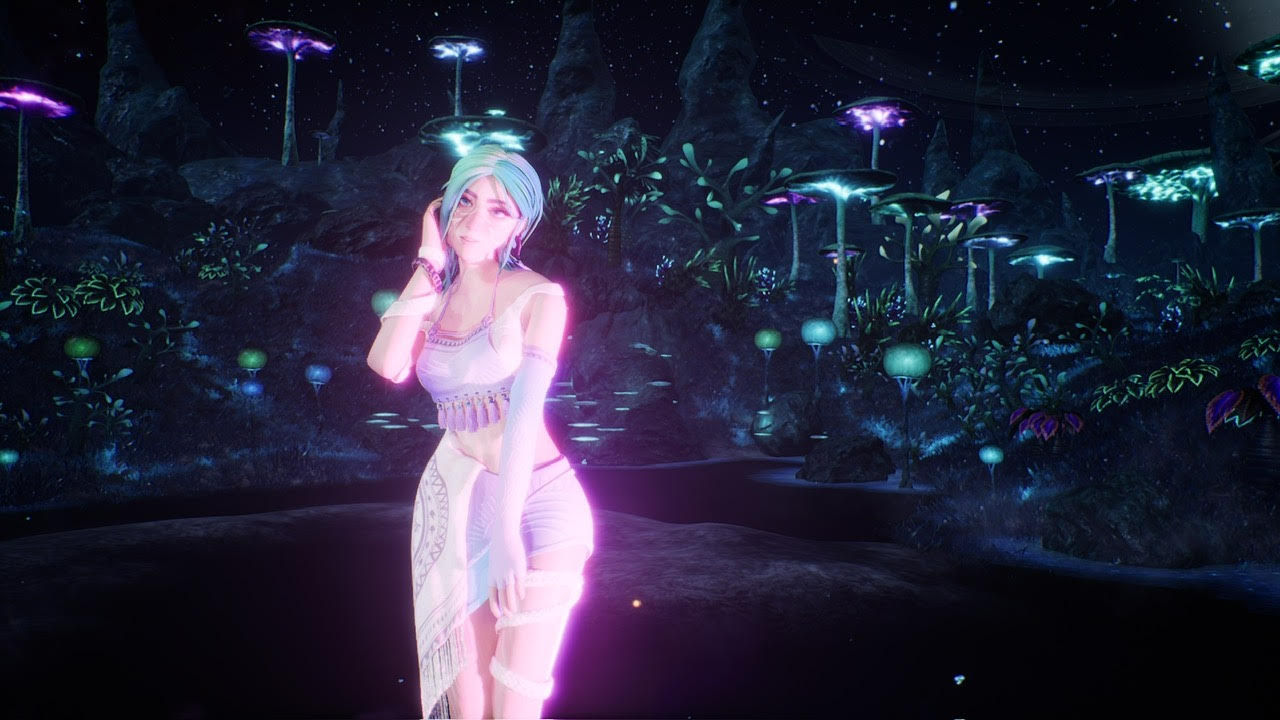Over the past two years, “virtual idols” have emerged as both artists and brand ambassadors, yet despite the growing popularity of artificial intelligence (AI) in many aspects of the daily life, these virtual idols are struggling to make names for themselves in pop-culture.
At the Ho Do Ho Chi Minh City International Music Festival in December 2022, performances by virtual singers Michau and Damsan were major hits thanks to their holographic displays and vocals from real-life singers.
Michau was inspired by Princess Mi Chau from the Vietnamese legend of “Mi Chau – Trong Thuy.”
Damnsan, meanwhile, embodied the heroic chieftain of the E De ethnic group native to Vietnam’s Central Highlands from the legendary tale “The Great Epic of Sir Dam San.”
Nguyen Tien Huy, strategic director of AVAS, the company which created Michau and Damsan, played a major role in creating the two virtual singers.
“Tung Monkey and I are both passionate about technology and fond of Vietnamese cultural values,” said Huy, referring to Le Thanh Tung, a co-founder of AVAS and a visual artist.
“We always knew we wanted to choose two legendary historic characters as the inspiration for our virtual idol idea,” Huy explained, adding that they felt their decision would help them attract Gen Z, the generation of people born between 1997 and 2012, to the idea.
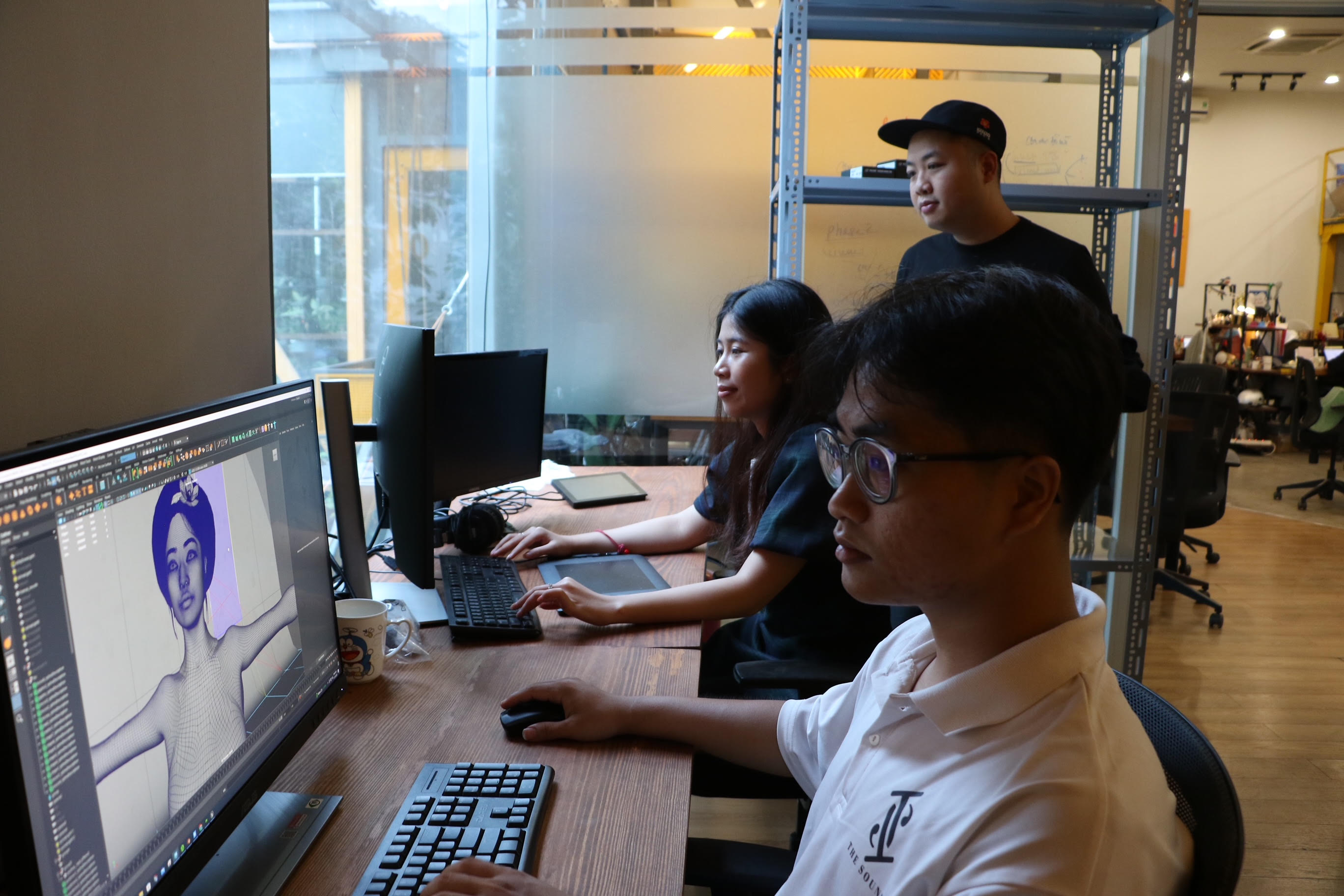 |
| AVAS members work to create virtual characters. Photo: B.M. / Tuoi Tre |
After creating the two virtual characters, AVAS began creating stories, costumes, and the metaverse—a virtual reality space in which users can interact with other users within a computer-generated environment.
A major source of inspiration for their metaverse was Son Doong Cave, one of the world's largest natural caves in Quang Binh Province, north-central Vietnam.
In order to stay true to Vietnamese culture, AVAS kept the personalities of Mi Chau and Dam San as close to what’s told in their respective legends as possible.
They also specifically focused on developing stories that would connect with emotions and made sure to adorn the virtual idols with clothes that were appealing to young people.
After much trial and error with traditional garb, their final designs for Mi Chau and Dam San included an outside-the-box outfit featuring high boots and traditional Vietnamese patters such as the countries symbolic bronze drum. Michau’s look was completed by putting her hair in a chignon.
After building stories, personalities, and 3D designs of characters, movements and voices were added.
Choreographers donned motion capture outfits to record real-life movements, while 80 percent of the virtual singers’ voices were taken from two unidentified professional singers.
“We never planned to create an idol using 100 percent AI. Instead, we combined some characteristics taken from real people to create a feeling of vitality and connectivity,” Huy explained.
While AVAS was happy with how Michau and Damsan turned out, there were several hiccups during the performance that highlighted why, perhaps, the use of virtual idols isn’t yet widespread, such as issues with subpar holographic projection due to the high cost of quality screens.
“A year ago, holographic screen leasing services were not popular. Now, high-quality LED mesh screens are readily available so that audience can be given a much better viewing experience,” Huy explained.
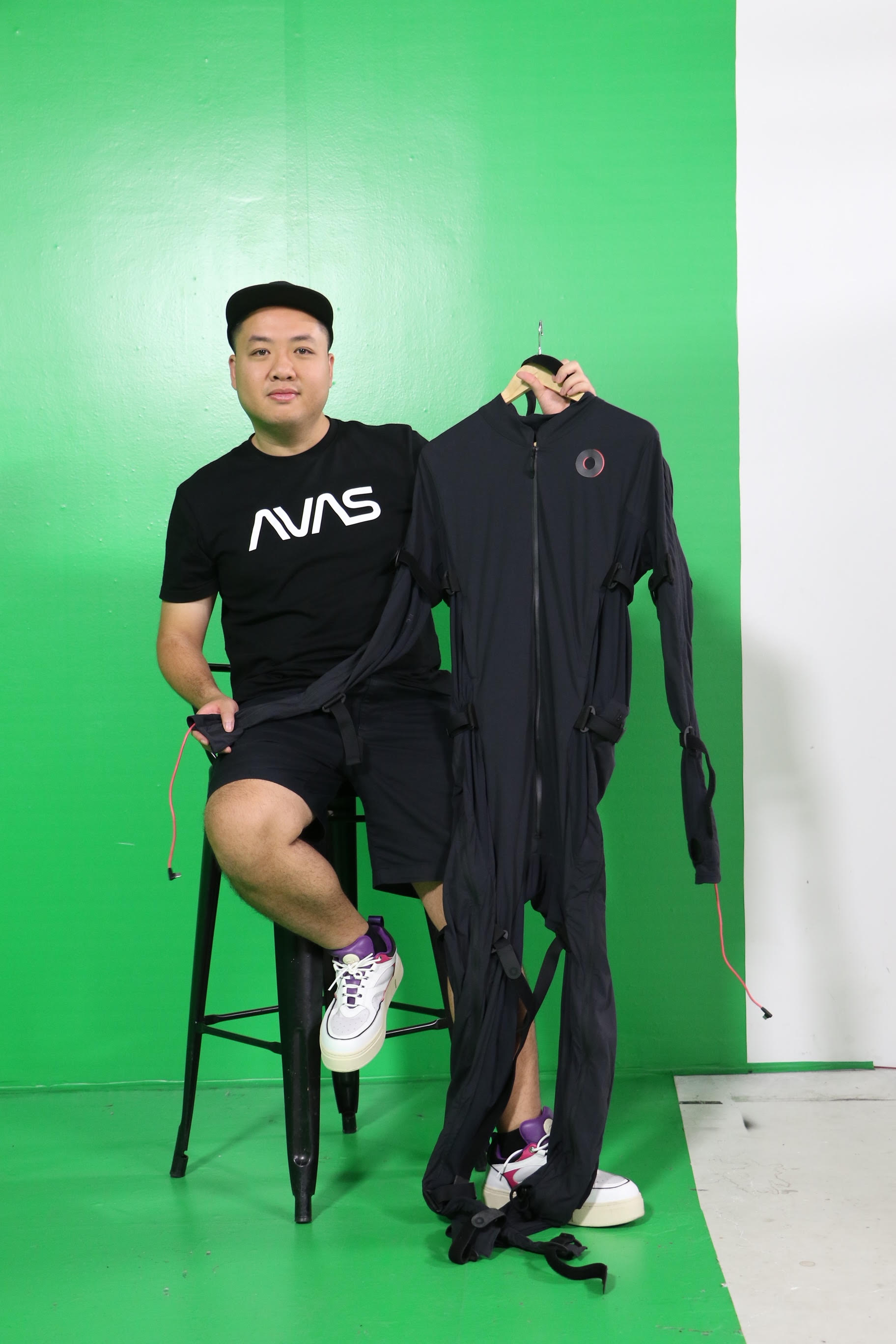 |
| Tung Monkey poses for a photo with a motion capture outfit, which is used to create virtual characters. Photo: B.M. / Tuoi Tre |
Virtual representations of artists
To create virtual characters based on real people, Tung used 3D scanning techniques to scan real faces and used AI to identify the characteristics of these people so that he could create virtual characters with 95 percent similarity.
The team later used software to simulate the movements of fabrics on characters’ bodies, which were recorded using motion capture outfits.
The last step was optimizing and fine-tuning smaller details.
“The fine-tuning process took us a month,” Tung added.
According to Tung, there are three groups of popular virtual characters.
Realistic characters are similar to real people and play the roles of singers, models, and brand ambassadors. They look like humans so they are able to easily form connections with audiences.
The second group is characters based on real people. An example of this is the character Paul Walker in Hollywood’s 'Fast and Furious' movies who has been recreated as a virtual representation of himself several times.
The greatest risk of these two groups is that they could push audiences into a psychological state called the “Uncanny Valley,” a hypothesized psychological and aesthetic relation between an object's degree of resemblance to a human being and the emotional response to the object.
Audiences may initially be interested in the characters but quickly become bored. They also may make comparisons and scrutinize the characters.
The last group is based on unreal objects, not human beings, such as monsters, animals, or dwarves. These characters are typically accepted by audiences because they have no relationship to real people, Tung explained.
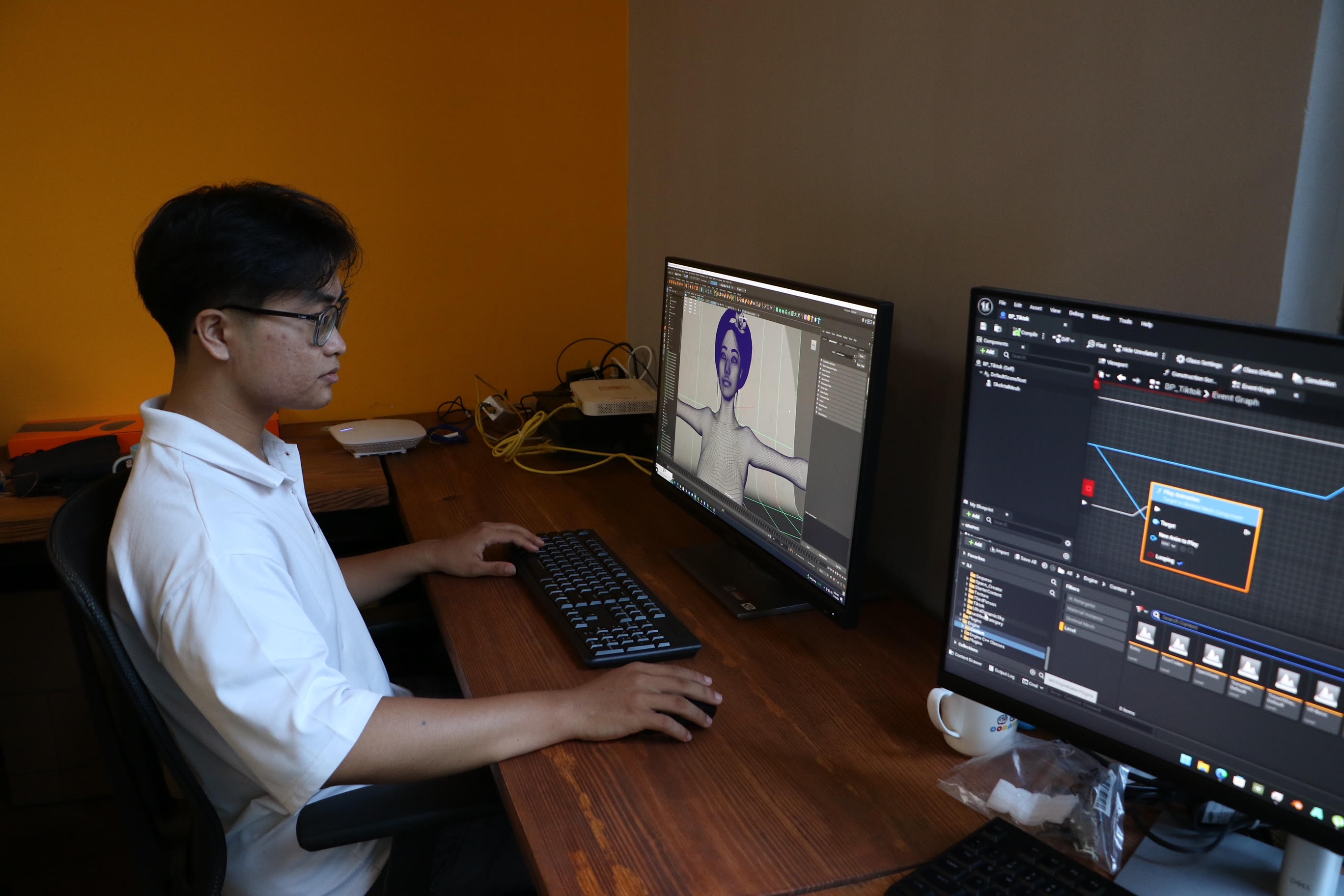 |
| An AVAS member works on a virtual character. Photo: B.M. / Tuoi Tre |
The future of virtual idols
There are many famous virtual characters in the world, such as Hatsune Mike from Japan, the A-Soul girl band from China, and Saejin from South Korea.
Back to 1998, the Gorillaz –a virtual band – was created by artists who “hid” behind their virtual characters.
The Gorillaz were so successful that they won several Grammy awards and boast nearly 11 million subscribers on YouTube.
Gen Z remains the primary audience for virtual idols due to their representation of diverse culture and technology. They easily accept virtual idols than previous generations.
Gen Z is also afraid of FOMO (Fear of Missing Out). The booming of social media has engraved FOMO in the young’s mind “forces” them to keep pace with new trends, Tung explained.
However, the interest in virtual characters will likely rapidly phase out. Characters’ stories, personalities, and talent are the keys to retain audiences. In other countries, virtual characters have their own lives and daily activities.
“We are striving to accelerate digital content creation,” Tung noted.
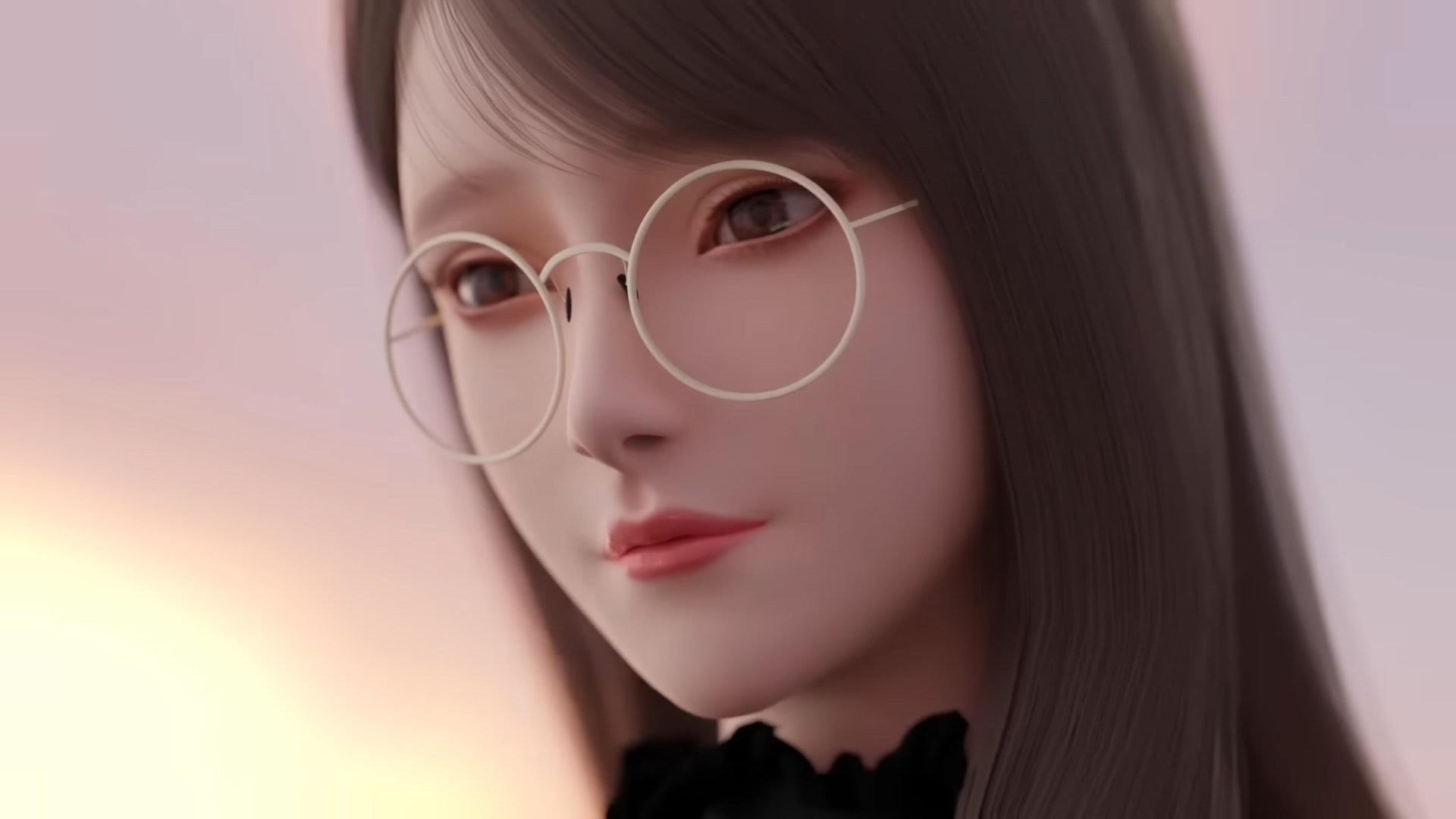 |
| Virtual singer Mong Mo created by Nguyen Hoang Nhat. Photo: Nguyen Hoang Nhat |
Virtual idols may be a new part of the entertainment industry but they still need people to create their lives. Audiences are still looking for the connection with other people due to their emotions they feel from the others, according to Nguyen Hoang Nhat, the creator of a virtual singer named Mong Mo.
Like us on Facebook or follow us on Twitter to get the latest news about Vietnam!



